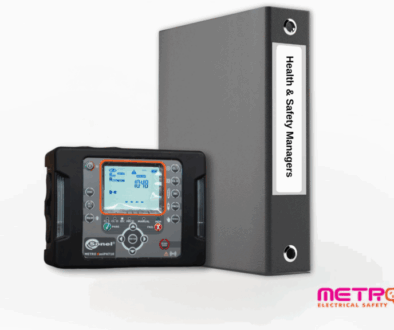Just Compliant or Really Safe?

‘Compliance Testing’ or ‘Really Safe Testing’ – it’s your choice!
This may sound funny in a test and tag article, but I want you to think for a moment. You and your family are going boating, dad weighs 91kg, mum 58kg and 2 children 35kg and 28kg. Before jumping on to the boat you decide to test the life jackets, however you can only find a 30kg weight handy and decide to attach this to each life jacket and place them in the water to see if they float. If it floats will everyone wearing them be safe? Unless you are the person weighing 28kgs I wouldn’t be confident that this would be the case! Obviously, the testing weight should match up with the rated weight for the life jacket!
Let’s go back to electrical testing where we started. The two main tests that will normally be done on all Class I earthed equipment will be an earth test and an insulation resistance test. These tests are there to prove that the earth and insulation resistance is suitable and safe and this is done by measuring the resistance.

Insulation resistance tests are normally performed on appliances at 500 Volt (normal operating voltage is 240V, so testing is done at twice this). This is done as you want to stress test the equipment; effectively making sure electricity isn’t going to easily ‘leak’ out of it. By testing it at twice the normal operating voltage we know, in its normal operation, if it passes the test the user should be safe. Obviously if we tested it at say 100V this would be like testing all life jackets at 30kg – it would prove nothing!
Now we’ll look at the protective earth test. First let’s explain why Class I (earthed appliances) have this protective earth. Electricity normally wants to find the easiest way of getting to the ground, i.e. the earth, the dirt etc we all stand on. The insulation of equipment prevents electricity leaking out of the outside case of the appliance. If this insulation fails for any reason and there isn’t a good or real earth on the equipment, someone touching this may receive an electric shock which could be fatal. Therefore Class I equipment is always designed to have a protective earth which in the above situation will transport the electricity back to the ground preventing you from getting an electric shock.
When we tested the appliance’s insulation we tested it at twice its normal operating voltage. This time we are more concerned with how much actual electrical current can flow in the protective earth conductor. In a fault situation this can easily exceed 10 Amps (10,000 milliamps) so logically we want to simulate a test that proves, as above the life jacket floats, in this case that the protective earth will save the operator. The best and logical testing practice is surely, where appropriate, to test Class I items at a level that proves the earth will work when required, thus ensuring people remain safe!
What I’m now about to say may horrify many and probably should – most tests are done on the protective earth with a test current of 200milliamps (0.2 Amp) when a normal appliance can operate at 10 Amps (10,000 milliamps) – so why test it at 200 milliamps? Is it a worthwhile test? – you decide. So why do this test at 200 milliamps? Simply put, most testing equipment, even the most expensive ones, don’t often have this ability, but obviously it should. We, as a company design, supply and use test equipment that can and does real testing.
You may be thinking that testing for safety may cost more; the answer is no, it definitely shouldn’t.


